What’s the Story Behind This Unique Wide-Strap Moxiong?

In the costume drama The Fairies of Liaozhai, Liu Shishi’s character, Xin Shisiniang, performs a dance wearing a rather striking piece—a wide-strap undergarment that looks surprisingly modern. But were ancient Chinese undergarments really this contemporary in style? And what was this garment actually called?
Ⅰ. Moxiong (Chest Wrap)
In fact, there were many different styles of undergarments in ancient China. Many people refer to them collectively as moxiong (抹胸), a general term used to describe traditional chest wraps worn by women. As the name suggests, a moxiong was designed to cover and support the chest. Styles varied widely, ranging from simple, single-piece wraps to versions with shoulder straps—or even crisscross straps. It turns out that what we might think of as a “modern” design actually has deep historical roots.
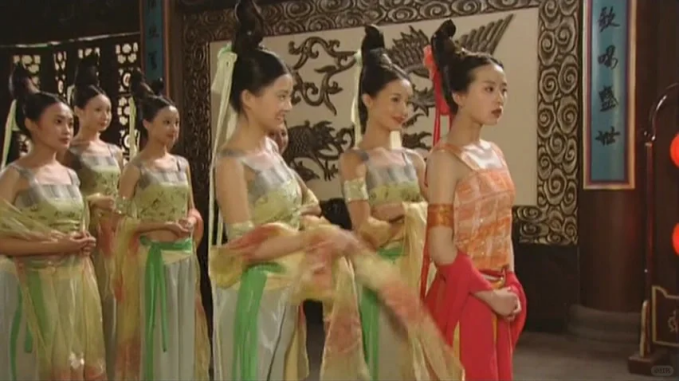
The term moxiong in Hanfu refers broadly to a variety of traditional undergarments. Over time, as more people used the term, it became a kind of catch-all phrase for historical chest coverings. However, the names for these garments varied across different dynasties, and some are even named after the tombs where they were unearthed. While some archaeological reports simply label them as moxiong, each historical period had its own mainstream styles and distinct features.
Let’s start with moxiong itself. Interestingly, the character “抹” (pronounced mò) in words like modu (belly wrap), mofu (stomach wrap), and mo’e (forehead wrap) originally means “to cover.” Today, when people hear moxiong, they often picture a strapless, single-piece chest wrap—essentially a rectangular piece of fabric wrapped around the torso and secured with ties.
These strapless versions came in a few variations. Some had no pleats (though we haven’t found physical evidence to confirm this design), while others featured triangular darts for shaping or “I-shaped” pleats for a better fit. During the Yuan and Ming dynasties, buttoned versions also appeared. However, based on what we know today, the no-pleat designs likely didn’t provide a snug enough fit to be practical—especially without straps.

Ⅱ. Dudou (Traditional Undergarment Bib)
Another type of undergarment in ancient China was a triangular or trapezoid-shaped piece with shoulder straps. Some scholars believe this design may have evolved from the baofu (抱腹)—a belly-covering garment worn during the Han and Jin dynasties. In later periods, these garments came to be known as dudou (肚兜). However, due to portrayals in popular media and some persistent stereotypes, many people today mistakenly assume that dudou were exclusively worn by women. In reality, that’s not true.
A Qing dynasty text, Qingbai Leichao (《清稗类钞》), clearly states:
“Moxiong is a small garment covering the chest, also called mofu or modu. Made from a square piece of fabric, it tightly wraps around the chest to protect against cold and wind. Commonly known as dudou, it was worn by both men and women.”
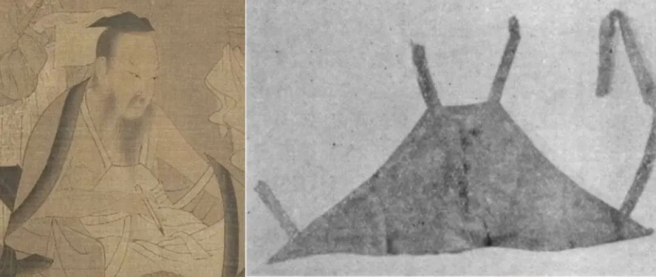
Historically, the traditional chinese clothing dudou was a close-fitting undergarment worn by people of all ages and genders. The designs, materials, and purposes of dudou varied depending on the wearer. For instance:
Children’s dudou often featured protective or auspicious imagery, such as tigers, tigers eating poisonous creatures, or lotus flowers symbolizing fertility and good fortune.
Young women’s dudou were usually made of silk—light, smooth, and form-fitting—and embroidered with colorful butterflies or mandarin ducks, symbols of love and romance.
Older adults’ dudou sometimes had medicinal powders like ginger, cinnamon, or musk sewn inside to help prevent digestive issues or abdominal discomfort.
So while the dudou has become a romanticized symbol of traditional Chinese lingerie in modern imagination, its real historical use was far more diverse and practical.
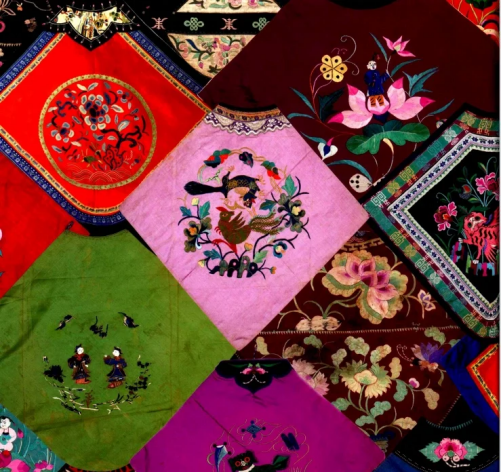
From Song dynasty paintings of children, we can see that the dudou back then was typically a simple piece of cloth—wide at the top and narrow at the bottom—tied at the back, leaving the back mostly exposed. The primary function of this undergarment was practical: to protect the stomach area and keep it warm.
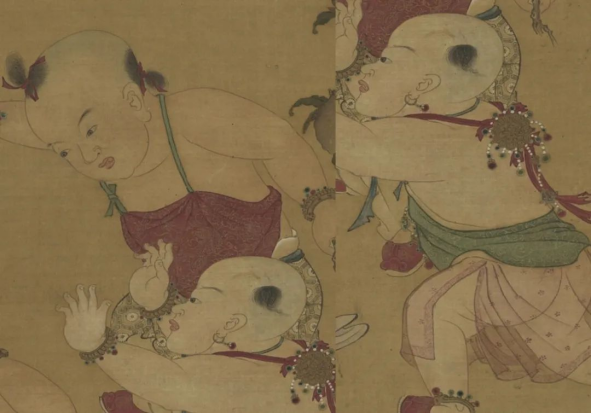
Ⅲ. Liangdang (Ancient Vest-Style Undergarment)
Another notable style of ancient Chinese undergarment was the liangdang (裲裆), which emerged during the Han and Jin dynasties. Historical records describe it poetically as “Two hearts sharing one cloth; fabric panels on both sides with eight pleats.” Structurally, it resembled what we might call a sleeveless vest or tank top today. It consisted of two rectangular panels—one for the front and one for the back—joined at the shoulders with straps. In terms of design and function, it bears a striking resemblance to modern camisoles or sleeveless undershirts.
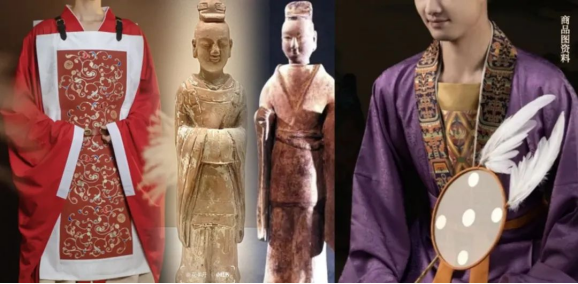
Originally, the liangdang was worn by men, but by the time of the Wei, Jin, and Northern and Southern Dynasties, women had also adopted it as an undergarment. In fact, it became a unisex garment, and some men even wore it as outerwear.
The classic structure of the liangdang included:
One piece of fabric for the front and one for the back
No collar
Two shoulder straps connecting the panels
Waist ties to keep it fitted around the torso
A length that reached the waist
Broad hems along the edges for reinforcement
Underarm ties for added security ↓ ↓ ↓
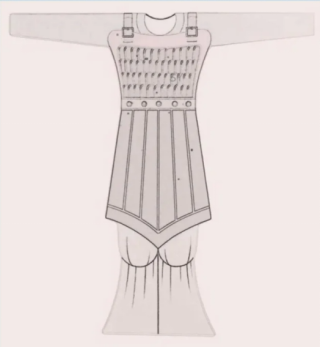
Initially, the Chinese outfit liangdang had no sleeves. But over time, it evolved: by the Tang dynasty, short sleeves were added, and in the Song dynasty, a shoulder panel was introduced to provide more coverage for the upper arms—further blending form with function.
Of course, the liangdang has also made appearances in period dramas. For instance, in the TV series Amazing Detective Di Renjie, the character Li Yuanfang—Dee’s loyal assistant—is seen wearing a liangdang as outerwear. In one scene, he’s holding a tray while dressed in this vest-like garment, and you might be forgiven for thinking he looked a bit like a chef wearing an apron! 😀
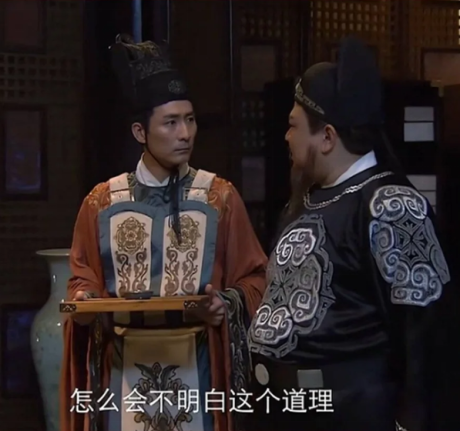
Ⅳ. Other Variations and Evolutions
One particularly interesting example comes from the Southern Song dynasty tomb of Huang Sheng, where a moxiong was found with two small fabric protrusions resembling “cat ears” at the top. These extensions formed shoulder straps when tied behind the back, allowing for a crisscross fastening. This version left much of the back exposed and was clearly designed to be worn underneath clothing, rather than as outerwear.
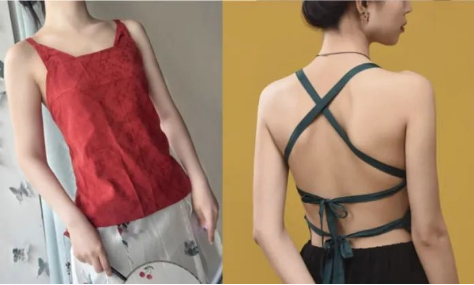
During the Yuan and Ming dynasties, strapless, one-piece moxiong coexisted with another style called zhuyao (literally “main waist”), which resembled a sleeveless vest and included shoulder straps. The zhuyao could be worn in different configurations—either front-to-back or crisscrossed—highlighting its flexibility and adaptability. Some variations of strapped moxiong during this time were fastened using metal or fabric buttons for a more secure fit.
It’s also worth noting that in the Ming dynasty, many people referred to all such undergarments collectively as zhuyao instead of moxiong. This isn’t a contradiction, but rather a reflection of changing terminology and regional or period-specific preferences.
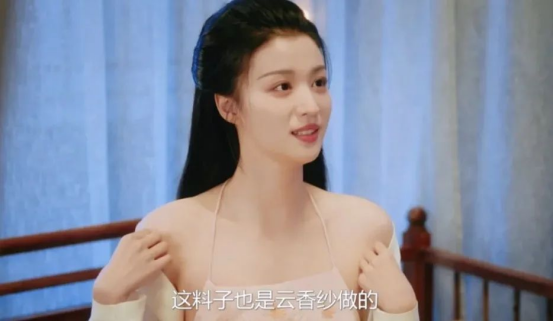
Summary
After reading all this, you might be thinking: can a single strappy undergarment really represent the full range of traditional Chinese innerwear? The answer is—definitely not.
Over the course of thousands of years, Chinese fashion developed a rich variety of undergarment styles, each with its own structure, purpose, and cultural meaning. What might seem like a simple piece of cloth at first glance is actually the product of careful design and historical evolution. With a little curiosity and exploration, we can uncover just how diverse and sophisticated ancient Chinese undergarments truly were.
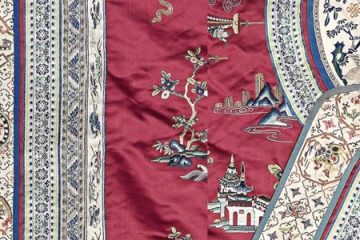
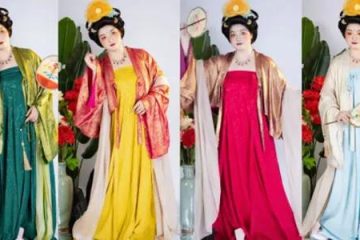
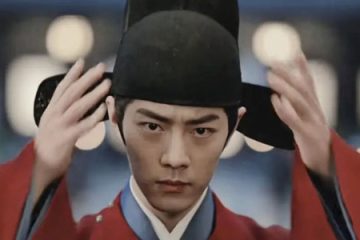
0 Comments